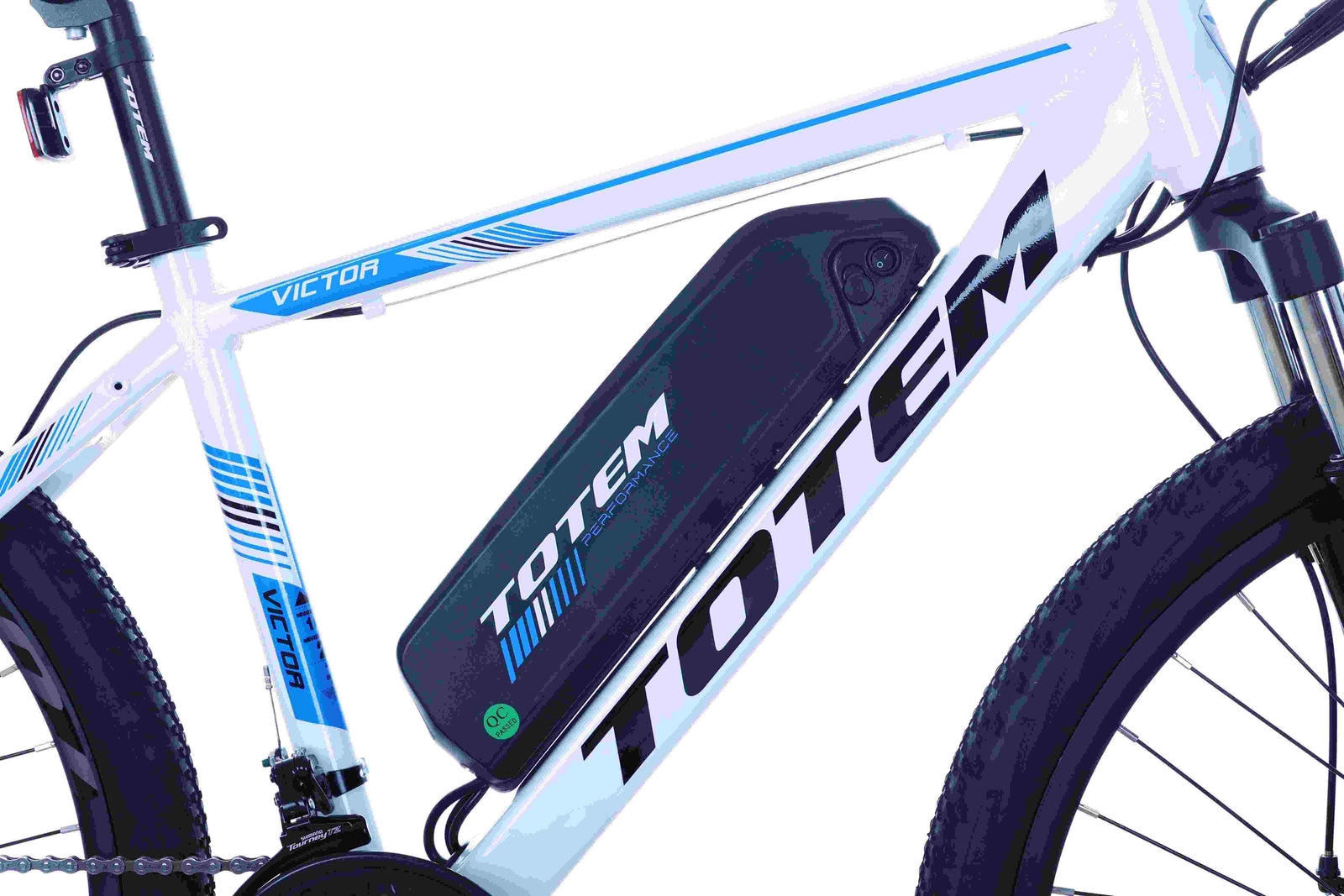As we all know, the motor is the most important part of an electric bike. After all, you're buying an e-bike for the "e," and the "e" comes in many forms, and it needs to be the type of "e" that best suits your specific needs. So, of all the types of e-bike motors, which one is best for you?
Mid-mounted motors and hub motors are the two most common e-bike designs used in e-bikes today, and both have their own advantages and disadvantages. To help you choose the right model, here’s our simple guide on e-bike motor types, which we hope will help you choose the best e-bike.
How e-bike motors work?
An electric motor is an energy converter that converts electrical energy into mechanical energy. When the motor is powered, it produces torque (Torque is a force that causes an object to rotate.), causing the drive shaft to rotate. The shaft then drives the chain ring. The chain drive provides forward force that works in conjunction with your pedaling power. When power leaves the battery and is transferred to the e-bike's motor, it stops briefly at the controller. A controller controls how much power is supplied to the motor in any electrical device, essentially determining how fast the motor spins.
What does the e-bike motor do?
E-bike motors provide pedal assistance to the rider. Simply put, they reduce the amount of pedal power the bike needs to move. This means you can climb mountains more easily and reach higher speeds with less physical exertion.
E-Bike Motor Types:
The most common ones are hub motors and mid-drive motors.
A hub motor mounts directly into the front or rear wheel hub of a bicycle (the hub is the middle of the bicycle wheel, surrounding the axle, which is the part that connects the wheel to the frame. One end of it is on a spoke that one end is connected to; the other end is connected to rim). The motor systems on hub motor e-bikes are completely independent of the bike's powertrain, and these motors power directly the wheels they are mounted on, whether front or rear.
Mid-mounted motors are called mid-drive motors because they are located where the pedals join together in the middle of an e-bike and are connected to the crank (i.e. the pedals) and provide power directly to the drivetrain (i.e. the chain). When combined with a derailleur-style drivetrain, it utilizes gears and a chain to provide power.
Which ebike motor is best for me?
Hub Motors
Advantages:
Hub motors are one of the most commonly purchased types of e-bike motors today. Typically, it is mounted on the rear wheel, but there are also various front hub designs. In-wheel motors are simple in structure, lightweight and relatively low-cost to manufacture.
Disadvantages:
- Replacing a tire is not that simple, as the motor and transmission are in the same place due to the difficulty of disassembly.
- Brake pad wear and spoke breakage have increased.
- They require more battery power because they are less efficient than mid-drive motorcycles.
- Some lighter weight hub motors offer less torque at low speeds and should not be used for towing, mud riding, or a lot of uphill riding.
- Only available with lower power options.
Mid-drive motors
Advantages:
- The mid-drive motor is positioned low to the ground and close to the bike's center of gravity, allowing for more even weight distribution, improved handling, a smooth ride, and easy portability.
- Very easy to repair and maintain. There are two unique bolts you can remove to remove and replace the entire motor unit without damaging any other bike parts. This means any typical bike shop can perform troubleshooting and repairs.
- Since mid-drive motors are very modern bicycle motors, they often include novel sensor systems, especially pedal assist and shifting. Some of these systems can anticipate when the rider is about to shift and adjust the motor's power output appropriately, resulting in smoother transitions.
- The torque generated by the powertrain is harnessed by the mid-drive motor, allowing for quick acceleration and increased power on steep climbs.
- Mid-drive motors generally have the greatest range of travel of all e-bike motors.
- Since the extra weight is concentrated in the middle, these types of motors are ideal for full-suspension e-bikes.
Disadvantages:
- To maximize the efficiency of your motor, you must shift gears appropriately, which means you must select the correct gear for the terrain you are on.
- Increased wear and tear on e-bike drivetrains (i.e. chains, gears and all related components) means these items need to be of higher quality, which means more expensive, and also need to be replaced more frequently.
- There's no forward gear, limiting you to the gears on the rear wheels.
- If you shift gears with a lot of motor power, the chain may break.
- Replacing the motor is expensive because the motor is embedded in the bike frame.
- You need to downshift before stopping, otherwise you won't be able to shift until you start again.
If you only ride your bike to get off work and around the park and around town, a hub motor is a great option. However, if the mountains call to you and the slopes ahead of you seem like the perfect place to test your talents, a mid-drive motor is the way to go. No matter what you choose, the most important thing is to have fun and enjoy your trip.

